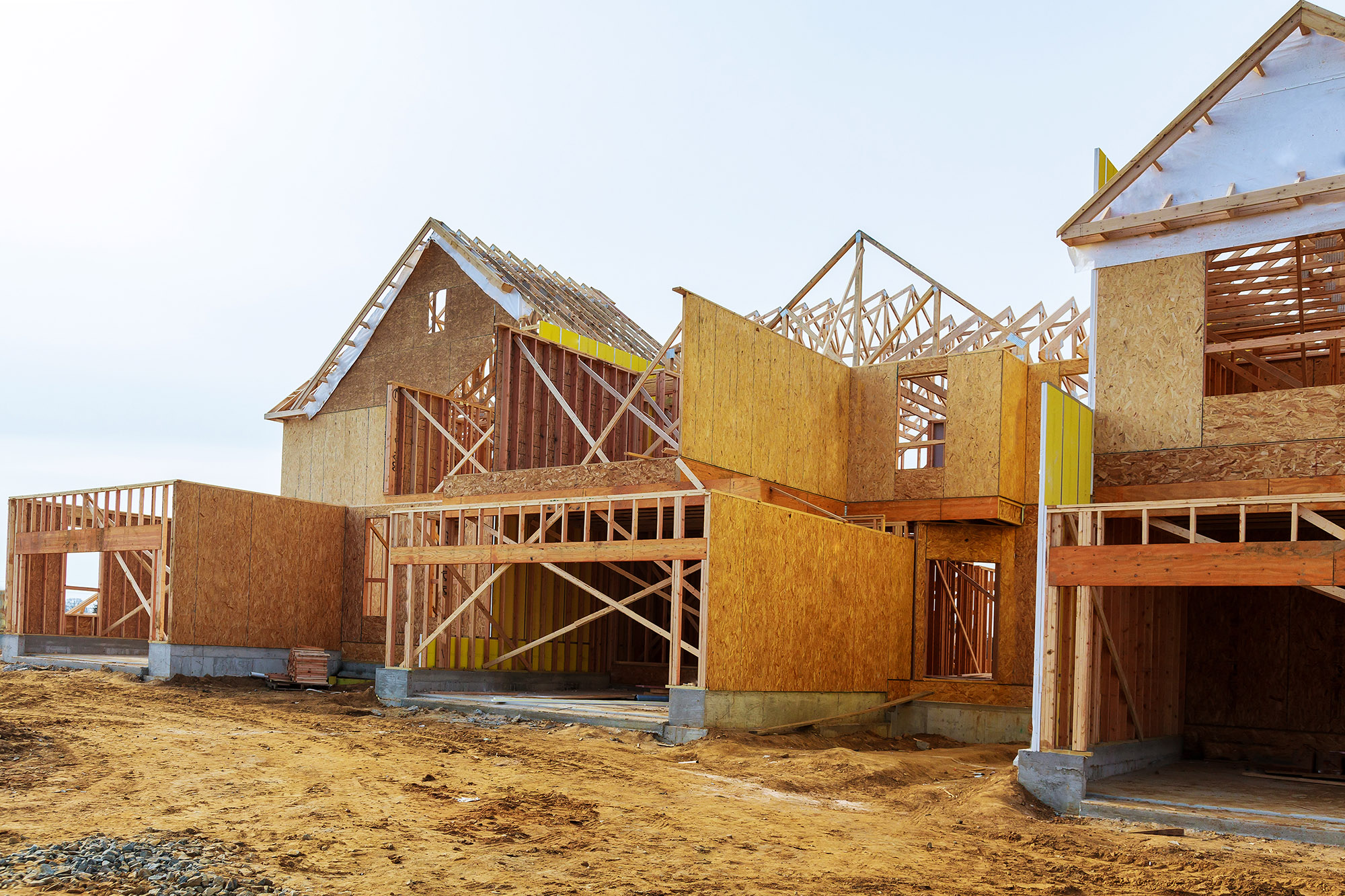Homelessness Was on the Rise, Even before the Pandemic
Even before the COVID-19 pandemic began, homelessness was increasing across the country. As of January 2019, 568,000 people were experiencing homelessness, an increase of nearly 15,000 from 2018, according to the most recent point-in-time data from the US Department of Housing and Urban Development (the January 2020 point-in-time counts will offer further insight into pre-pandemic trends but have not yet been released).
The 2018-2019 increase did not happen uniformly, however – the number of people experiencing homelessness increased by more than 10 percent in six states but decreased by over 10 percent in nine states. Moreover, the states with the largest increases were not all high-cost states, pointing to widespread struggles with housing affordability. For example, the largest percentage increase (27 percent) happened in New Mexico, where the median monthly housing cost in 2019 was $800, whereas the second largest percentage increase was in California (17 percent), where the median monthly housing cost was $1,700.
Trends by type of homelessness – sheltered or unsheltered – also varied substantially. The number of people experiencing unsheltered homelessness increased by nearly 17,000 in 2019 to 211,000, while the number of people in shelters decreased by nearly 2,000 to 356,000. These trends also differed greatly by state. Sheltered homelessness increased by over 10 percent in six states (led by Kentucky, Colorado, and New Mexico), whereas unsheltered homelessness increased by over 10 percent in 15 states (led by New Mexico, Minnesota, and Rhode Island). The metropolitan areas with the largest increases in 2019 (led by Los Angeles, San Jose, and Oakland) all have particularly high cost burdens and scarce affordable housing, which may mean that unsheltered homelessness is particularly sensitive to the ongoing affordability crisis.
The increase in homelessness in 2019 is especially alarming not only because people without housing are at high risk of COVID-19 exposure but also because the pandemic’s economic impacts could lead to an increase in the number of people experiencing homelessness. The interactive map below was released with our 2020 State of the Nation’s Housing report last month; it shows the varying trends by state and type of homelessness, and highlights several states in a precarious position even before the pandemic.

